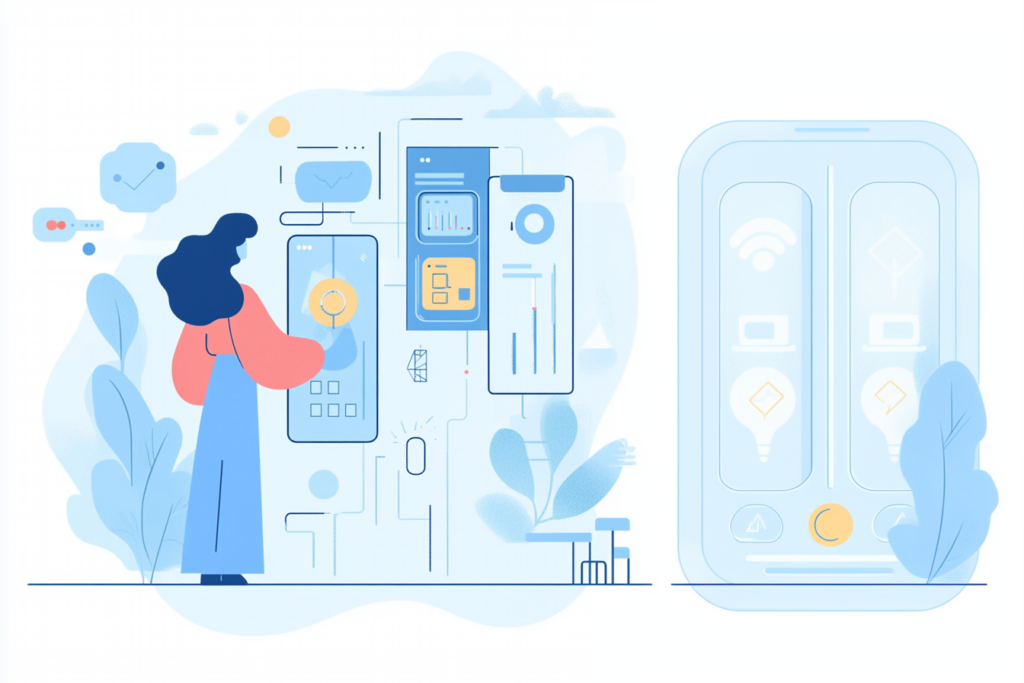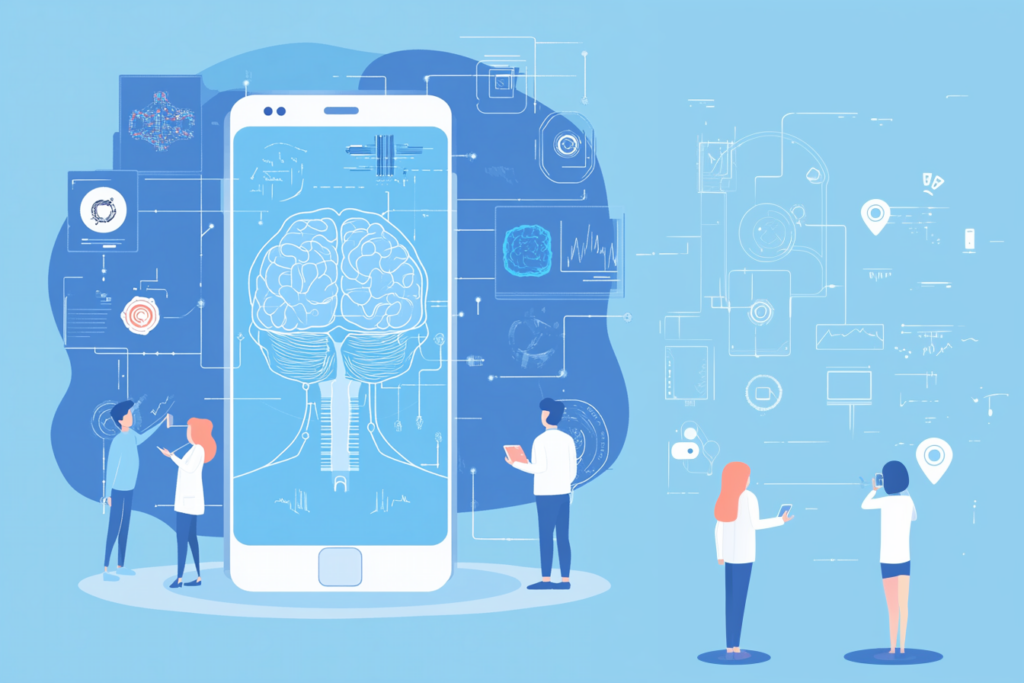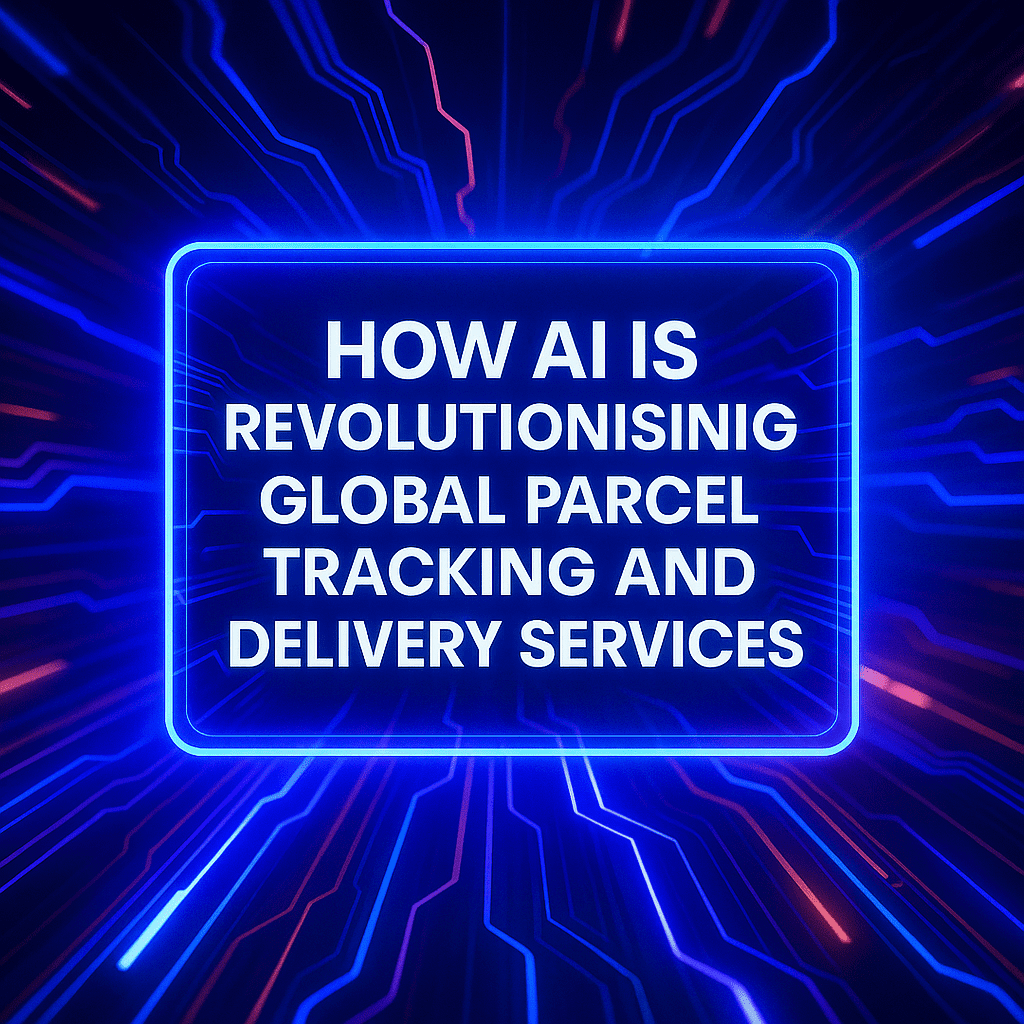Have you ever dreamt of creating a song with a legendary musician, even if they’re no longer with us? Or designing a new fashion line with the help of a renowned artist, all from the comfort of your own home?
Generative AI isn’t just about mimicking the past; it’s about unlocking a hidden dimension of creativity. It’s about empowering you, the intrepid explorer, to delve into this uncharted territory and build tools that will redefine the way we create, experience art, and interact with the very essence of human expression.
This technology blurs the lines between creation and consumption, and you hold the key to unlocking its potential. Welcome to your guide for building the best Generative AI apps – tools that will empower you to paint the future with a brush dipped in innovation.

Key Benefits of Generative AI in App Development
Generative AI is reshaping the landscape of app development by enabling the creation of entirely new content. This technology unlocks numerous exciting possibilities for business owners, transforming what they can achieve. Here are some of the key benefits Generative AI brings to app development:
|
Benefit |
Description |
Example |
|
Enhanced Creativity & Innovation |
Multimodal Generative AI models can assist developers in brainstorming new ideas, generating novel content variations, and exploring uncharted creative territories. |
An AI-powered music app might suggest unique song structures or unexpected instrument combinations to inspire composers. |
|
Accelerated Development Process |
AI can automate repetitive tasks such as code generation, data pre-processing, and content creation, freeing up developer time for more complex aspects of app development. |
An AI model could automatically generate boilerplate code for app functionalities, allowing developers to focus on the core logic and user interface. |
|
Improved Personalization & User Experience |
Generative AI can personalize app experiences by tailoring content and features based on individual user preferences. |
A news app might utilize AI to generate custom news feeds based on a user’s reading history and interests. |
|
Content Creation at Scale |
AI models can generate vast amounts of content efficiently, overcoming the limitations of traditional content creation methods. |
A social media app could leverage AI to automatically generate personalized profile pictures or video thumbnails for users. |
|
Reduced Development Costs |
Generative AI can potentially lower overall app development costs by automating tasks and accelerating the development process. |
Repetitive content creation tasks handled by AI can free up human resources, leading to cost savings. |
Building Blocks for Generative AI Apps: Key Considerations
Creating a Generative AI app is like constructing an impressive structure in creative expression. Here are the essential tools and considerations:
Choosing the Best Generative AI Model
Generative AI models are like specialized tools, each excelling in specific areas. For realistic visuals and soundscapes, use Generative Adversarial Networks (GANs). To generate variations within a theme, opt for Variational Autoencoders (VAEs). For language-based applications, Transformers are ideal. Selecting the right model is crucial, as it sets the foundation for your app’s capabilities.
Data Acquisition and Preparation
High-quality data is the foundation of your Generative AI app. Collect large amounts of relevant, clean, and organized data. Poor-quality data leads to poor outcomes. Use data pre-processing techniques to refine raw data for effective model manipulation. Always consider ethical implications, respect user privacy, and adhere to responsible data collection practices.
Training and Fine-tuning the Model
Training your Generative AI model is like sculpting your artistic vision. Choose the correct hyperparameters to influence the learning process. Balance is key: under-training results in a lack of refinement, while over-training emphasizes irrelevant details. Monitor training progress to ensure the model learns effectively without becoming overly rigid.
User Interface and User Experience (UI/UX)
Design an intuitive and user-friendly interface for your app. Ensure that clear instructions and feedback mechanisms are in place. Accessibility is crucial to ensure all users can interact with your creation. The user experience should guide users smoothly through the app’s functionalities, enhancing their overall enjoyment.

Building and Deploying the Best Generative AI App
You’ve designed the plans, laid the foundation, and shaped your creative vision. Now it’s time to bring your Generative AI app to life and present it to the world. Here’s how to turn your blueprint into a working marvel:
-
Choosing the Right Tools and Frameworks: Assembling the Construction Crew
Selecting the appropriate development tools and frameworks is crucial. Think of them as your construction crew. Libraries like TensorFlow and PyTorch serve as skilled builders, translating your code into functional features. Cloud-based platforms provide the necessary infrastructure for training and deploying your best Generative AI model. Your choice of tools should align with your project’s requirements and your experience level as a developer. -
Data Collection and Preparation: Laying the Groundwork
A robust dataset is the foundation of a successful Generative AI app. Collect and preprocess data to ensure it is clean, relevant, and suitable for training your model. This step includes data augmentation, normalization, and splitting the data into training, validation, and test sets. -
Model Training and Fine-Tuning: Building the Structure
Train your model using the chosen frameworks and tools. This involves iterating on the model architecture, experimenting with different hyperparameters, and fine-tuning the model to achieve optimal performance. Use validation data to monitor the model’s progress and prevent overfitting. -
Testing and Evaluation: Ensuring Structural Integrity
Before launching your app, it must undergo thorough testing. Similar to stress tests on a building, evaluate your Generative AI app’s functionality and performance. Define clear metrics based on your app’s purpose, whether it’s the quality and realism of generated images or the coherence of written content. Test your app with various inputs and user scenarios to identify and fix any issues. -
Deployment and Scaling: Raising the Roof and Expanding the Horizon
With your app polished and ready, it’s time to choose the right deployment platform. Cloud-based solutions offer scalability and flexibility, making managing a growing user base easier. On-premise deployment might be necessary for specific security needs but requires dedicated hardware resources. Ensure your app can scale to accommodate increasing users without sacrificing performance. -
Monitoring and Maintenance: Keeping the Structure Sound
Once deployed, continuous monitoring is essential to ensure your app remains functional and efficient. Set up logging and alerting systems to track performance, detect anomalies, and address any issues promptly. Regularly update the model with new data and improvements to maintain accuracy and relevance. -
User Feedback and Iteration: Enhancing User Experience
Collect feedback from users to understand their experience and identify areas for improvement. Use this feedback to iterate on your app, adding new features, enhancing existing ones, and fixing any user-reported issues. Engaging with your user base helps keep your app relevant and valuable. -
Compliance and Security: Ensuring Safety and Trust
Ensure your app complies with relevant regulations and standards, particularly if it handles sensitive data. Implement robust security measures to protect user data and maintain user trust. Regular security audits and updates are essential to safeguard against vulnerabilities.
Generative AI Use Cases Transforming Our World
The blueprints are set, and the construction crews are ready. Let’s explore the vibrant world of Generative AI, where real-world applications bring this innovative technology to life.

The Artistic Muse: RunwayML and WOMBO Dream
-
RunwayML: This web-based platform allows users to experiment with cutting-edge AI models for video editing, photo manipulation, and 3D character creation. With RunwayML, you can seamlessly add a Van Gogh-inspired swirling sky to your video project or bring a sketch to life using AI-powered animation. The platform empowers anyone, regardless of artistic skill level, to become an artistic co-creator, providing tools that can blend different artistic styles and automate complex editing tasks.
-
WOMBO Dream: This mobile app offers a playful and accessible approach to Generative AI. By simply uploading a selfie, the app transforms you into a captivating cartoon character inspired by various artistic styles, from anime to pixel art. WOMBO Dream makes it easy for users to engage with AI-driven creativity, offering a fun way to see yourself in different artistic interpretations.
The Storyteller’s Companion: ShortlyAI and LaMDA
-
ShortlyAI: A web-based writing assistant that helps overcome writer’s block by generating creative text. Whether you need a blog post outline, a social media caption, or suggestions for a character dialogue, ShortlyAI can provide the content to keep your narrative flowing. This tool uses advanced AI to understand the context and style of your writing, making it an invaluable resource for writers looking to enhance their productivity and creativity.
-
LaMDA (Google Research): LaMDA, or Language Model for Dialogue Applications, is an advanced AI that engages in open-ended, informative conversations. It adapts its responses based on the context of the dialogue, making it ideal for creating dynamic and interactive stories. Imagine crafting a choose-your-own-adventure story where LaMDA generates the narrative based on your choices, effectively blurring the lines between user and creator.
The Fashionista’s Playground: Dreamcatcher and StyleGAN2
-
Dreamcatcher: This web platform leverages AI to assist designers in creating new garment styles and textile patterns. Dreamcatcher can generate variations on an initial design concept, exploring different fabrics and color combinations, ultimately accelerating the design process. By using AI, designers can push the boundaries of creativity, producing unique and innovative fashion pieces that stand out in the industry.
-
StyleGAN2 (NVIDIA Research): StyleGAN2 is a powerful AI model capable of generating incredibly realistic images of clothing and accessories. Fashion brands can use StyleGAN2 to create virtual try-on experiences, allowing customers to experiment with different outfits without ever stepping foot in a store. This technology not only enhances the shopping experience but also reduces the need for physical samples, making the fashion industry more sustainable.
The Musician’s Studio: Jukebox and Amper Music
-
Jukebox (OpenAI): Jukebox is a state-of-the-art AI model that can generate music in various styles, from classical symphonies to contemporary pop hits. Based on their stylistic preferences, musicians can compose a melody and request that Jukebox write harmonies or orchestrate the entire piece. This AI model opens up new possibilities for music creation, allowing artists to easily explore different genres and compositions.
-
Amper Music: This web platform offers a collaborative approach to music creation. Users can interact with a generative music model to create custom soundtracks, loops, and even complete songs. By selecting the mood and genre and working alongside the AI, musicians can refine their compositions until they achieve the perfect soundtrack for their project. Amper Music is an ideal tool for creators looking to enhance their audio content with AI-generated music.
Final Thoughts
With the right model, quality data, and a well-designed user interface, you can create innovative applications. The best Generative AI models offer the capability to automate tasks, personalize experiences, and generate content on a large scale, thus accelerating development and enhancing user engagement.
It’s essential to focus on responsible development practices. Prioritize data privacy, tackle biases in AI models, and provide users with control over AI-generated content. Keeping these factors in mind will enable you to harness Generative AI effectively, crafting apps that push the boundaries of creativity and user experience. The future of app development is unfolding, and you’re now equipped to shape it.





